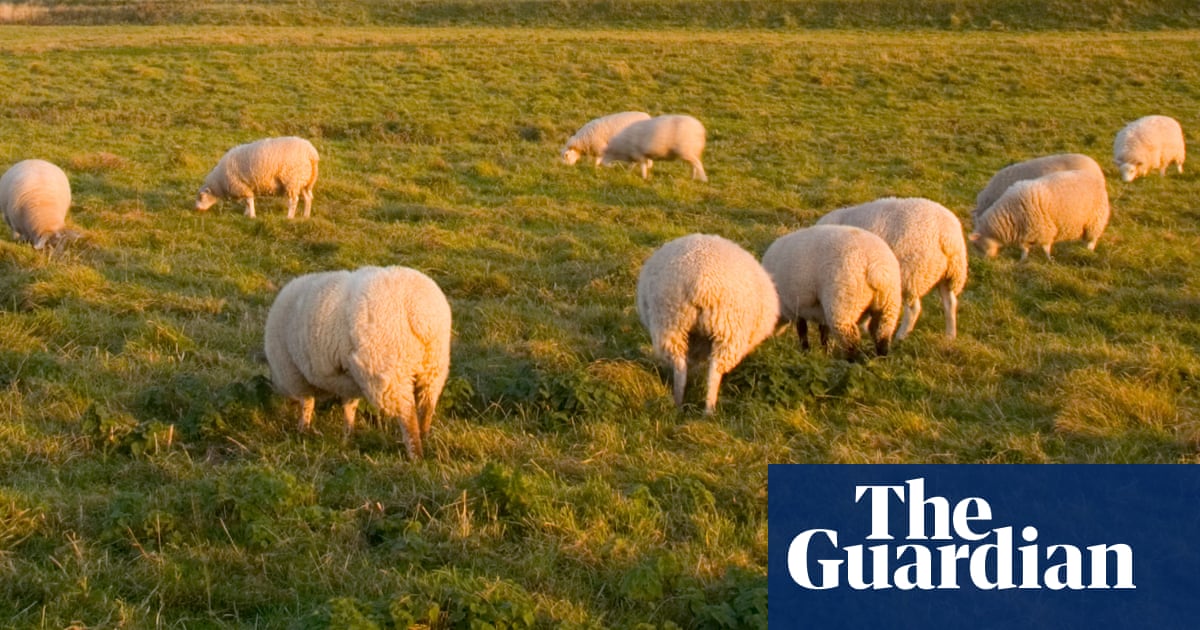Call it a tale of two puppies. You can tell a lot about 2020s Britain by looking at its two defining “designer” dogs: the cavapoo (or spoodle, or any of the other poodle-crosses), and the American XL bully.
Both took off in popularity with a surge in dog ownership during the pandemic, prompting unscrupulous breeders to cash in on the demand; and both have been widely bred to prioritise appearance over good character or health. And, in their cartoonish contrast, both might be seen as emblematic of where our relationship with dogs has in recent decades gone awry. One is treated to puppuccinos and trips to the pub, while the other has been demonised as a killing machine.
Saturday marked 12 months since it became a criminal offence to own an XL bully (without a certificate of exemption) in England and Wales. Legislation was passed in December 2023, after a disturbing spate of serious attacks and fatalities. Now it is illegal to buy, sell, rehome, abandon or breed dogs of that type, while exempted dogs must be muzzled and leashed when outside the home. Hundreds of XL bullies have been put down since the ban, and more than 55,000 were granted exemption certificates, reflecting the effort made to accommodate responsible owners. The question now is whether the public is more safe as a result. Of the nine fatal dog attacks reported in England and Wales since the ban was introduced, five involved XL bullies – but all occurred in private homes.
If the ban protects even one person from harm, it has arguably been worth it. Twelve months in, however, there is not yet enough data to know, while the ban has clearly caused confusion and created extra work for police, vets and animal welfare organisations. Meanwhile, dogs attacks (by any type or breed) have continued to rise. This is not necessarily a surprise: bites resulting in hospitalisations have been rising steadily since 1998, despite the Dangerous Dogs Act.
It demonstrates the law’s serious limitations in tackling the overall public health threat posed by dogs. Animal welfare organisations, veterinary bodies and experts have long opposed breed-specific legislation on the grounds that breed is not a robust predictor of aggression. This focus on type (often boiling down, in practice, to how a dog looks) is not only misleading and unfair; it distracts from other measures that might effectively reduce bites and promote dog-human harmony overall, such as genetic testing to identify animals with an inherited risk of aggression.
In 2023, the government established a responsible dog ownership working group to explore how the UK might switch to a preventive approach, focusing on “deed, not breed” – but a source from that group told me that that preventative work lost all momentum with the debate over XL bullies, and has not recommenced with the new government. By seeming to act conclusively against the issue of “dangerous dogs”, the XL bully ban has cut short a much-needed discussion about dog control and ownership. Under the current approach, we don’t even understand the scale of dog bites and which breeds are actually responsible, let alone their triggers or causal factors.
Groups on both sides are continuing to call for more detailed, centralised data-keeping on dog attacks to allow for analysis and evidence-based prevention. In the meantime, the XL bully ban may put owners, their family members and visitors to their homes at greater risk.
David Martin, the head of animal welfare at the corporate veterinary group IVC Evidensia, says vets are concerned that exempted dogs – required to be leashed in public – are not receiving sufficient exercise, potentially leading to behavioural issues. Muzzles also exacerbate heat stress, another risk factor for aggression. If there’s a heatwave this summer, “we may run into issues”, Martin says. Meanwhile, the demand for large, intimidating “status dogs” has reportedly shifted to the cane corso and anatolian and caucasian shepherd dogs, just as the XL bully superseded the pit bull. In five years, will we be banning those, too?

We can continue playing whack-a-mole with different dog breeds, only after serious attacks – or we can take a step back, and reckon with where this relationship is going wrong. In recent decades, and particularly since the pandemic, dogs have shifted from companions to commodities. The result is a dwindling acknowledgment of what all dogs need to live harmoniously alongside humans – sufficient daily exercise, socialisation, consistency, routine, respect – and haphazard commitment to providing it.
A recent RSPCA report makes a host of recommendations to improve dog control and promote “a culture of care and compliance”, including ownership licensing, accreditation for trainers and public education campaigns on how to recognise signs of aggression. Above all, it describes the need for “attitudinal, behavioural and cultural change”, whereby all dog owners – not just those of controversial breeds – “understand how to appropriately and effectively acquire, care for and control” their pets.
Certainly, that will be different for a cavapoo and an XL bully – but the consistent baseline should be respect for them as animals, and for their animal instincts. If we are serious about preventing attacks and fatalities, we can’t just keep sorting “good” breeds from “bad” as though we have no part in their actions or behaviour. Though we may treat them as status symbols, substitute children, soft toys or testosterone-boosters, dogs will be dogs. If you want to improve control, start by looking at ownership.
-
Elle Hunt is a freelance journalist

.png) 2 months ago
22
2 months ago
22













































